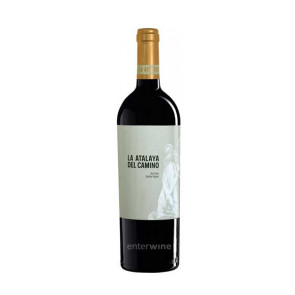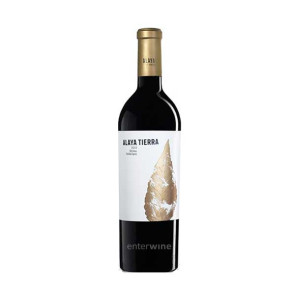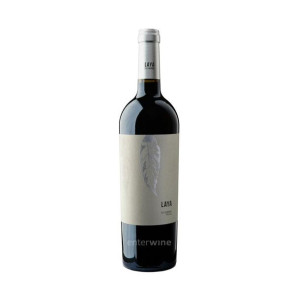Almansa

A high-altitude wine region known for its bold Garnacha Tintorera and Monastrell wines.
Legally approved in 1966, mainly thanks to the efforts of local oenologist Mario Bonete, the DO Almansa is located eastward from the city of Albacete, in the historical border between the regions of Castile and Aragón. Viticulture has been practiced in the area since the XVIth century.
One of the most interesting features of the DO Almansa – which has 9,000 hectares under vine scattered across eight villages - is the fact that the vineyards are located between 700 and 1,000 metres above sea level. The soils are very poor and have a high limestone content. Average rainfall is around 350 mm per year, concentrated in spring and fall. In both seasons, there is the risk of hailstorms. The region has a harsh Continental climate, with stark temperature between seasons and, in the summertime, between daytime and nighttime in summer.
For many years, the DO Almansa produced only bulk wine. Fortunately, some decades ago entrepreneurs like Juan Gil understood that, because of the high altitude, old vines and limestone soils, the area had the potential to become a fine wine region. Nowadays, an increasing number of interesting wines come from the DO Almansa. They are produced from Monastrell and, most notably, Garnacha Tintorera (aka Alicante Bouschet), the two varieties best suited to the harsh environment of the region.
The red wine of DO Almansa are bold, deep and juicy, boasting deep aromas of forest berries and spices with some earthy undertones.
The white wines of DO Almansa are fresh and fruit-driven. They are typically vinified in stainless steel tanks or clay vessels, after which they are usually aged in oak.
Red wine varieties:
Grenache Tintorera, Monastrell, Cabernet Sauvignon, Syrah, Merlot, Petit Verdot.
White wine varieties:
Chardonnay, Sauvignon Blanc, Verdejo, Moscatel de Grano Menudo.







